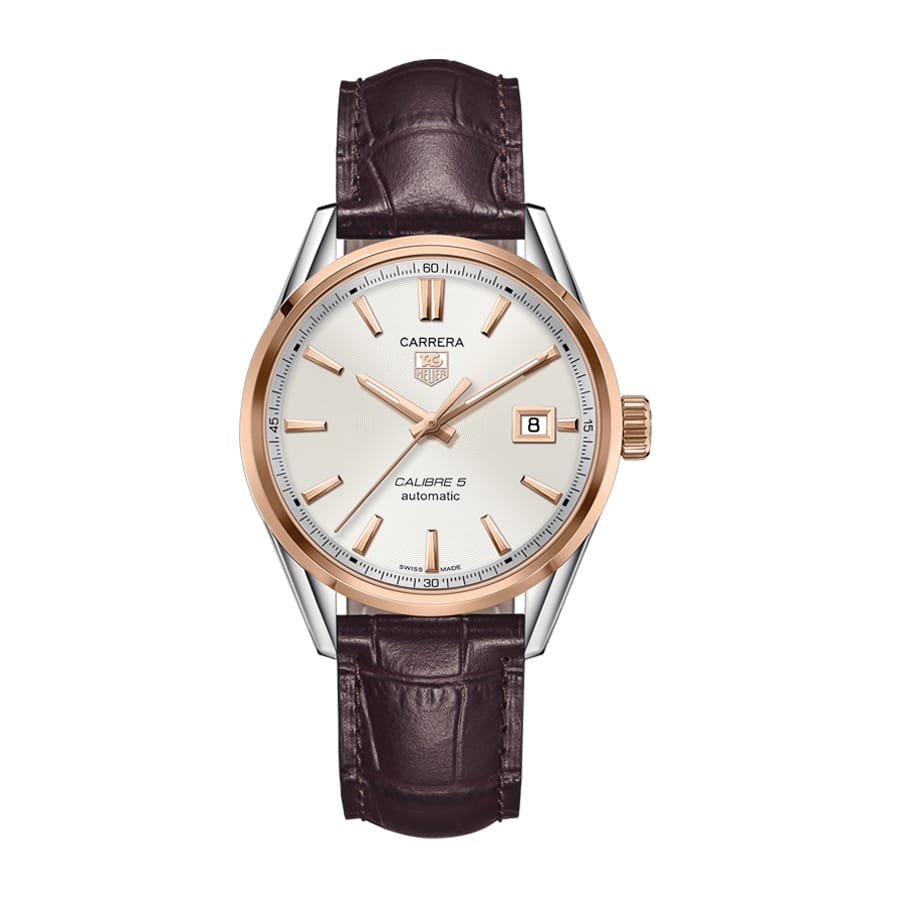TAG Heuer is one of the more popular luxury chronograph brands with a long history of creating classic and stylish timepieces. Fans are confused about its identity and place in the watchmaking world. So, is it a true luxury brand or an overpriced novelty?
As you probably know, the world of luxury watches has its fair share of heavy hitters; replica Patek Philippe, Audemars Piguet, Omega, and Rolex. We’re certainly not the first and last to put these watches together. The point is that it is a common denominator in how watch enthusiasts and collectors view and lump these brands together, but TAG Heuer, on the other hand, is often seen as an anomaly.
The company was founded in 1860 in Switzerland by Edouard Heuer as TAG Heuer. Many people don’t know what TAG Heuer stands for, “TAG” stands for Techniques D’avant Garde, which gives us the name TAG Heuer, but more on that later.
Twelve years after founding the company, TAG Heuer created his first chronograph movement in 1882, and in 1887, he created the “oscillating pinion”. The “oscillating pinion” was a form of horizontal clutch that greatly improved the engagement of chronographs and is still used today by the major watchmakers of mechanical timepieces. If you want to learn more about chronographs, you can refer to our guide on the subject.
So, perhaps to take advantage of the market created by Rolex and Submariner, TAG Heuer launched some cheap replica watches of its own. It started with a few models, but in the following years, it swelled to many.
As companies grew, they were rarely consistently owned by a single family, and TAG Heuer was no exception. in the early 60s, TAG Heuer acquired the watch brand Leonidas and began producing watches under the name “TAG Heuer-Leonidas.” One of the designs acquired by TAG Heuer from the Leonidas brand was actually the “Bundeswehr” chronograph. Originally used by the Luftwaffe, this watch was a departure from the slim and elegant chronographs previously produced by TAG Heuer.
For the first 125 years, the copy TAG Heuer brand was known as “Heuer,” but in 1985, the manufacturing company TAG and the British business owner who owned it bought TAG Heuer, so TAG became part of the name. TAG, by the way, is a manufacturer of high-end sports car parts, such as ceramic turbochargers. And, if you consider TAG Heuer’s racing history, it makes sense for TAG to merge with TAG Heuer.
